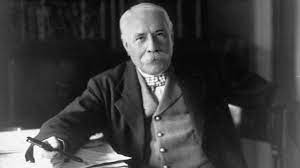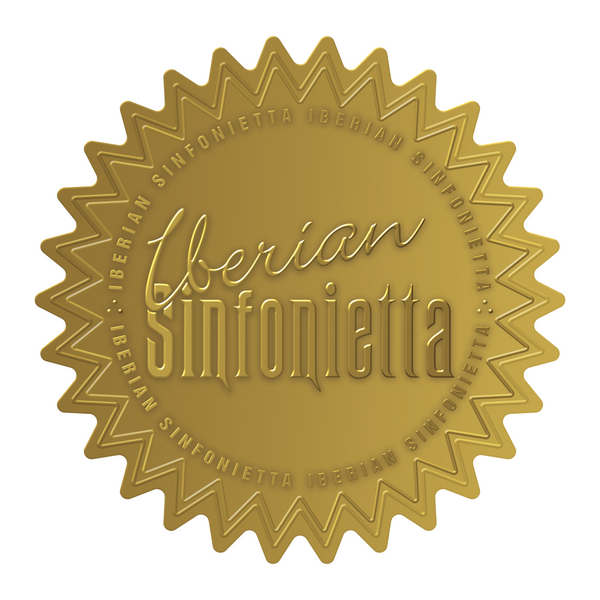
MENDELSSOHN'S INFLUENCE ON ELGAR'S SERENADE FOR STRINGS
Dear audience:
One of the great attractions of the Iberian Sinfonietta concert on November 25 will be the moment in which the famous Serenade for Strings in E minor, Op. 20 by the Englishman Edward Elgar (1857-1934) plays. For an orchestra, such as the Iberian Sinfonietta , and specifically for its string section, this is a must-have score, one of which is part of the best of their performances. But you will judge that next Saturday, November 25 at the Peace Palace in Fuengirola . In any case, Elgar 's Serenade is a special score within the repertoire of string orchestras.

In this small work from his youth we already find Elgar 's capacity for thematic design and the creation of suggestive musical atmospheres with clear and precise orchestration. Without a doubt, it was an important first step in his development as a composer. Although he was not completely removed from influences such as Mendelssohn, perhaps we can see in this work the first glimpses of the genuine Elgarian language, with his delicate writing for strings. It was one of his first published works and has become an emblematic piece of the chamber repertoire, as we have already indicated.
Through this piece, we can glimpse the beginnings of a musician who would end up placing English music at the European avant-garde. We invite you to discover with me the flashes of Elgarian genius that we can already glimpse in this charming Serenade for strings.

Let's look at some details about Mendelssohn's possible influence on the work.
Like the German composer, Elgar cultivated the genre of the serenade, a short, calm piece for string ensemble. In terms of form, the Serenade follows the typical three-movement scheme used by Mendelssohn in works such as his Octet. The opening movement, Allegro piacevole , is reminiscent of similar works by Mendelssohn, such as his Overture to "The Midsummer Dream", in its sparkling and entertaining character. It has a more lyrical central section and a brief closing coda based on the opening theme.
The central Larghetto is of ABA ternary form. Section B briefly modulates to the relative minor key and reflects the German master's lyricism in movements such as the Adagio from his Quartet Op.13 . It presents a very flexible and melodic main theme for the violins in 2/4 time.
The third movement, Allegrett o, takes up the first theme of the first movement in a formal rondo variety. Alternative presentations of the theme are produced with several transitional sections based on previous thematic material. It uses an extended restatement of the first movement to reach a calm conclusion.

Despite its apparent simplicity, Elgar here demonstrates a mastery of classical forms that he would perfect. This is how this short chamber work follows a clear formal scheme that lays the foundations of the Elgarian language. The clear orchestration and dialogues between the lines are reminiscent of Mendelssohn's homophonic style. Elgar studied scores by Mendelssohn and undoubtedly learned from his mastery of form and thematic transition. However, the post-romantic language of the English composer already points to his personal style, more chromatic and evocative. For all these reasons, it can be said that Mendelssohn was one of Elgar 's first and most palpable influences in his compositional beginnings, although he soon knew how to develop his own voice.
It will be a precious moment to enjoy this work at the next Iberian Sinfonietta concert under the baton of Maestro Juan Paulo Gómez
Jorge Rodríguez Morata
Pedagogical content coordinator.
